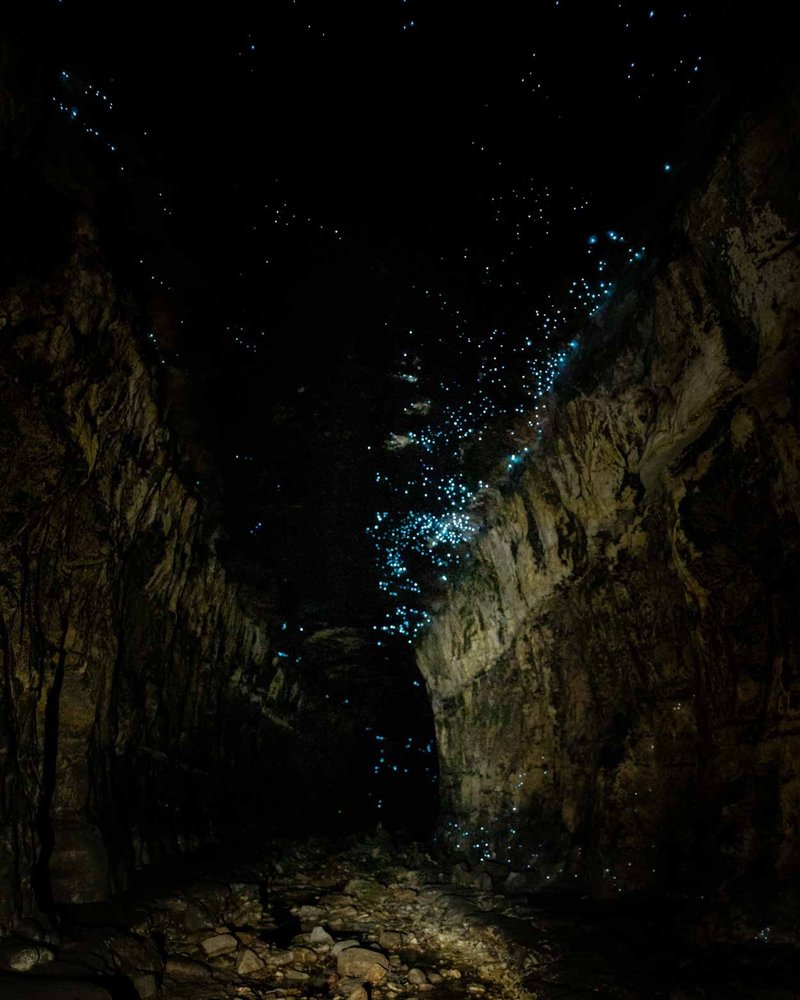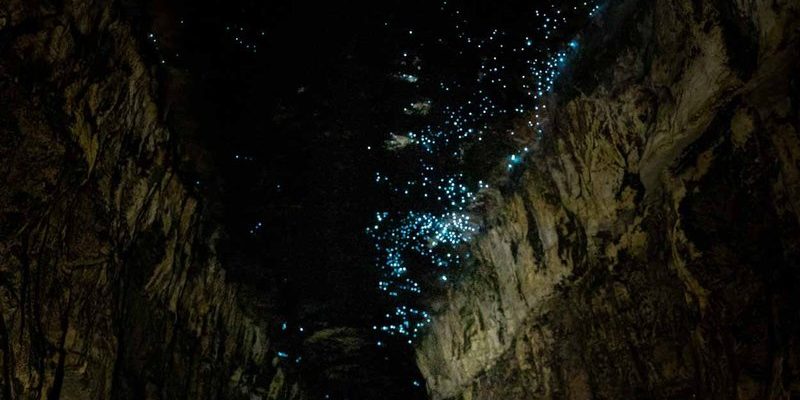
So, what’s the secret behind their glow and the way they interact within their colonies? The truth is, glow worms have a unique way of living and communicating. Their behaviors are tied closely to their survival and reproduction. Let’s dive into the captivating world of glow worms and explore how these colonies function!
What Are Glow Worms?
Glow worms aren’t worms at all; they’re actually larvae of different species of beetles, including the *Lampyridae* family. These tiny creatures are found in various parts of the world, especially in damp, dark places like caves or forests. Their *luminescent glow* comes from a chemical reaction in their bodies, a bit like mini light bulbs that attract prey, which is mostly insects.
But here’s the catch: glow worms are only luminous in their larval stage. Once they mature into adult beetles, they lose their glow and, interestingly enough, often have a much shorter lifespan. For some species, adulthood lasts only a few days—talk about living fast!
The Role of Light in Communication
The glowing light produced by glow worms serves an essential purpose: communication. In the dark, humid environments where they thrive, their glow acts as a signal to attract mates. Just like how we’d use a flashlight to find our way or to catch someone’s attention, glow worms use their light to connect with each other.
When a female glow worm emits her light, males are drawn to her, navigating through the darkness by following the glimmer. This form of *bioluminescent signaling* ensures successful mating, helping to maintain the colony’s population. It’s a beautiful dance of light and attraction, one that plays a critical role in their life cycle.
Life Cycle of Glow Worms
Understanding the life cycle of glow worms gives us insight into their colony behavior. Glow worms start their lives as eggs, laid in clusters by the adult females. Once they hatch, the larvae emerge and begin their glowing phase, which lasts several months to about a year, depending on the species and environment.
During this time, they construct silk threads to trap prey, which is often attracted to their glow. This feeding behavior is crucial for their growth. After the larval stage, glow worms enter a pupal phase where they transform into adult beetles. If you think about it, this transformation is much like a butterfly coming out of its cocoon, though it happens behind the scenes in the damp earth or hidden crevices.
Feeding and Survival Strategies
In the wild, many creatures have unique ways to feed and survive. For glow worms, it’s all about strategy. Their glowing silk threads hang down from ceilings in caves or between branches, creating sticky traps for unsuspecting insects. The glow not only attracts these insects but also helps the glow worms capture them more effectively.
Once an insect gets caught, the glow worm doesn’t waste time. It quickly consumes its meal, using specialized mouthparts to digest the prey. This feeding strategy is incredibly effective, ensuring they get the nutrients they need to grow and survive. Just picture a tiny predator waiting patiently for its next meal; it’s a fascinating part of their behavior!
Colony Interactions and Social Behavior
Glow worms might seem solitary at first, but they actually exhibit social behaviors within their colonies. When glow worms gather, their combined light creates a spectacular luminous display, which can have several benefits. For one, it helps maintain a healthy population by attracting mates from greater distances.
Moreover, these colonies can offer protection against predators. In a group, the collective glow can confuse or deter would-be attackers. It’s like having backup in a tough situation! When you think about it, being part of a colony helps glow worms thrive in their environment, ensuring they have a greater chance of survival.
Environmental Factors Influencing Colony Behavior
Several environmental factors play a role in how glow worm colonies behave. Temperature, humidity, and light pollution can significantly influence their glowing patterns and feeding habits. For instance, glow worms thrive in moist, dark conditions, so if the environment becomes too dry or bright, it can disrupt their natural behaviors.
Interestingly, seasonal changes can also impact their colonies. During warmer months, glow worms are more active, leading to larger populations glowing in sync. This seasonal rhythm not only affects their mating behaviors but also how they hunt for food. If you ever find yourself in a glow worm cave, pay attention to the environment around you—it tells a story about their survival.
Glow Worm Conservation and Future Outlook
As enchanting as glow worms are, many species face threats due to habitat loss, pollution, and climate change. Conservation efforts are essential to ensure these glowing wonders can continue to thrive. Protecting their natural habitats is crucial, as many glow worm colonies are sensitive to environmental changes.
Efforts are being made worldwide to raise awareness about these unique creatures and their habitats. Local organizations often promote eco-friendly practices to minimize light pollution and preserve the dark environments glow worms need. The future of glow worms hinges on our commitment to protecting their natural homes—every little action counts!
In summary, glow worm colonies are remarkable communities, showcasing a blend of beauty and survival strategies. From their glowing communication methods to their social interactions, there’s so much to appreciate about these tiny, luminous creatures. The more we learn, the more we can do to support their habitats and ensure they continue to dazzle us for generations to come!

